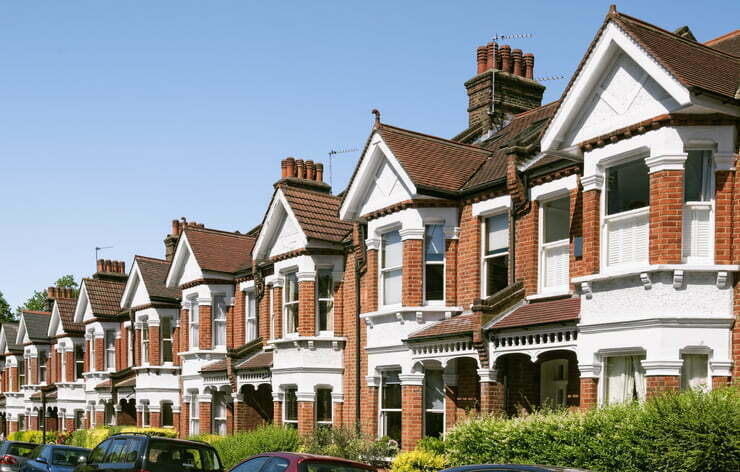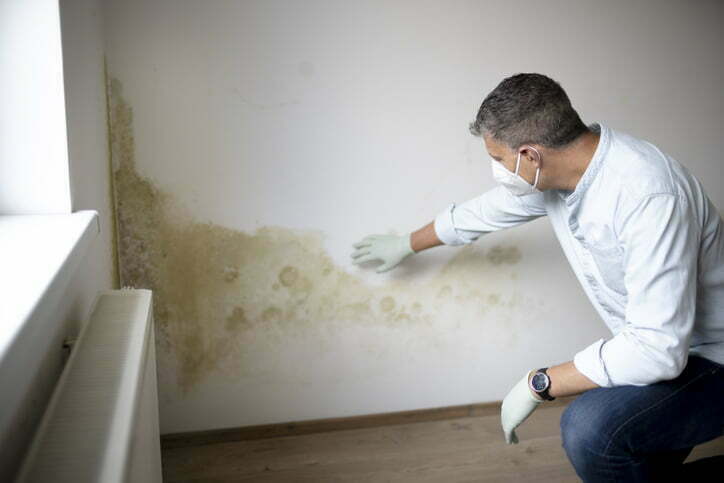Tapco HomeDry Dry Rot Treatment Tunbridge Wells
We are long term members of Trust Mark and a member of the BWA. CHAS accredited contractor. In addition, all of our surveyors are trained to the high standards of the PCA (Property Care Association).



Dry Rot Specialist In Tunbridge Wells
Are you worried about dry rot in your home in Tunbridge Wells? Our damp-proofing experts can deliver peace of mind for homeowners throughout Tunbridge Wells and the surrounding areas. Get in touch today to arrange our dry rot survey and treatment.
Signs of dry rot in your home
The stages of a dry rot infestation will all look very different, so it’s important for homeowners in Tunbridge Wells to be on the lookout for these telltale signs. Wood digested by the enzymes in dry rot will become dark and brittle, with cuboidal cracking that causes the wood to crumble into small cube shapes. The fungal bloom starts out furry and white and then produces a rusty orange colour that spreads out from the centre.
If you can’t see the dry rot, you may be able to smell it. It has a characteristic damp and musty smell, but this can be confused with a wide range of damp problems, so it’s worth booking a survey if you are unsure.
What is dry rot?
Dry rot is a name given to a type of fungus that thrives on damp forest floors. The most common type is called Serupula lacrymans. This fungus is essential for breaking down fallen trees to make space for new growth in woodlands. However, it can also thrive in our homes when the conditions are just right.
The early stages are seen as a furry white growth that spreads across suitable timber. Interestingly, dry rot can actually work its way through masonry to reach the optional locations for spreading its spores. The fruiting spores of this fungus produce a rusty orange bloom that enables it to spread further.
Wood left behind by dry rot will be brittle and fragile. Dry rot gets its name because it can seemingly spread through dry wood, but it actually leaves the wood dried out.
We most often see dry rot in older properties with timber frames, but it can also be found in newer properties. It can attack doors, doorframes, hardwood flooring and skirting boards. Dry rot spreads quickly and causes extensive damage once it has found the optimum conditions for growth.
How is dry rot treated?
To stop the spread of dry rot, we first have to address the dampness that is creating the conditions that allow it to thrive. Next, we would apply a fungicidal treatment that will help to kill any spores and prevent them from spreading.
Finally, we need to address the damage caused by the dry rot. This would typically include replacing any damaged wood with pre-treated timber. Follow-up checks will help to confirm that the issue has been eradicated.

Dry rot experts in Tunbridge Wells
If you’re dealing with a potential dry outbreak in your home in Tunbridge Wells, trust our team to help put it right. The sooner you deal with the problem, the more likely it is that we can prevent more extensive and expensive damage to the structure of your home. The Tapco Homedry team can help to protect your property and put things right following a dry rot outbreak. Get in touch today to arrange a dry rot survey and treatment.
What’s the difference between wet rot and dry rot?
There is a common misconception that these are the same thing, but they are actually caused by a different type of fungus. The main difference between the two is that dry rot can thrive in drier conditions, where moisture levels are around 20%. Wet rot needs much higher moisture levels, usually around 50%.
Both can be incredibly damaging to your home and need to be addressed as a matter of urgency. They are also both indicative of a wider damp problem, so homeowners should be aware of the potential side effects of leaving damp untreated.


 Damp Proofing
Damp Proofing Basement Damp Proofing
Basement Damp Proofing Water Damage
Water Damage Condensation Control
Condensation Control Dry Rot Treatment
Dry Rot Treatment WOODWORM & WET ROT
WOODWORM & WET ROT CAVITY Wall Ties
CAVITY Wall Ties Property Maintenance
Property Maintenance Waterproofing And Tanking
Waterproofing And Tanking Structural Repairs
Structural Repairs
